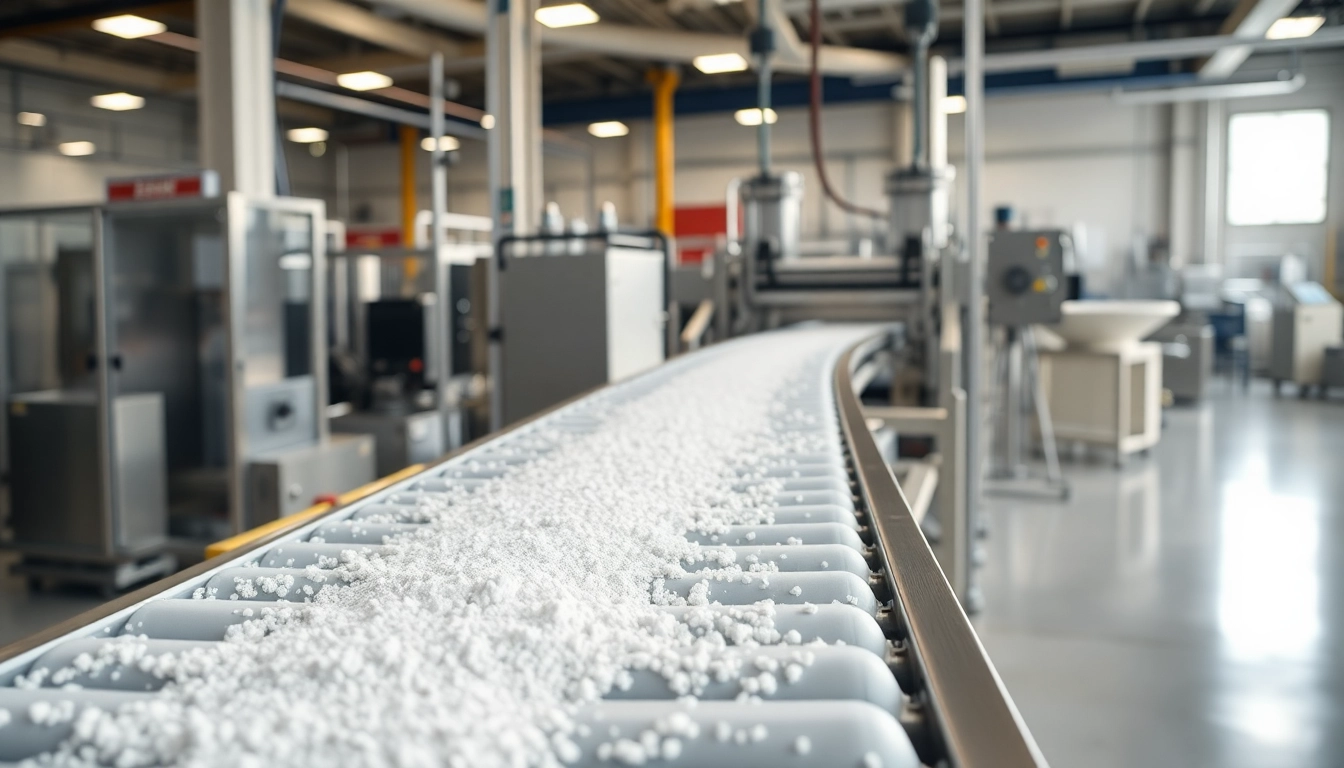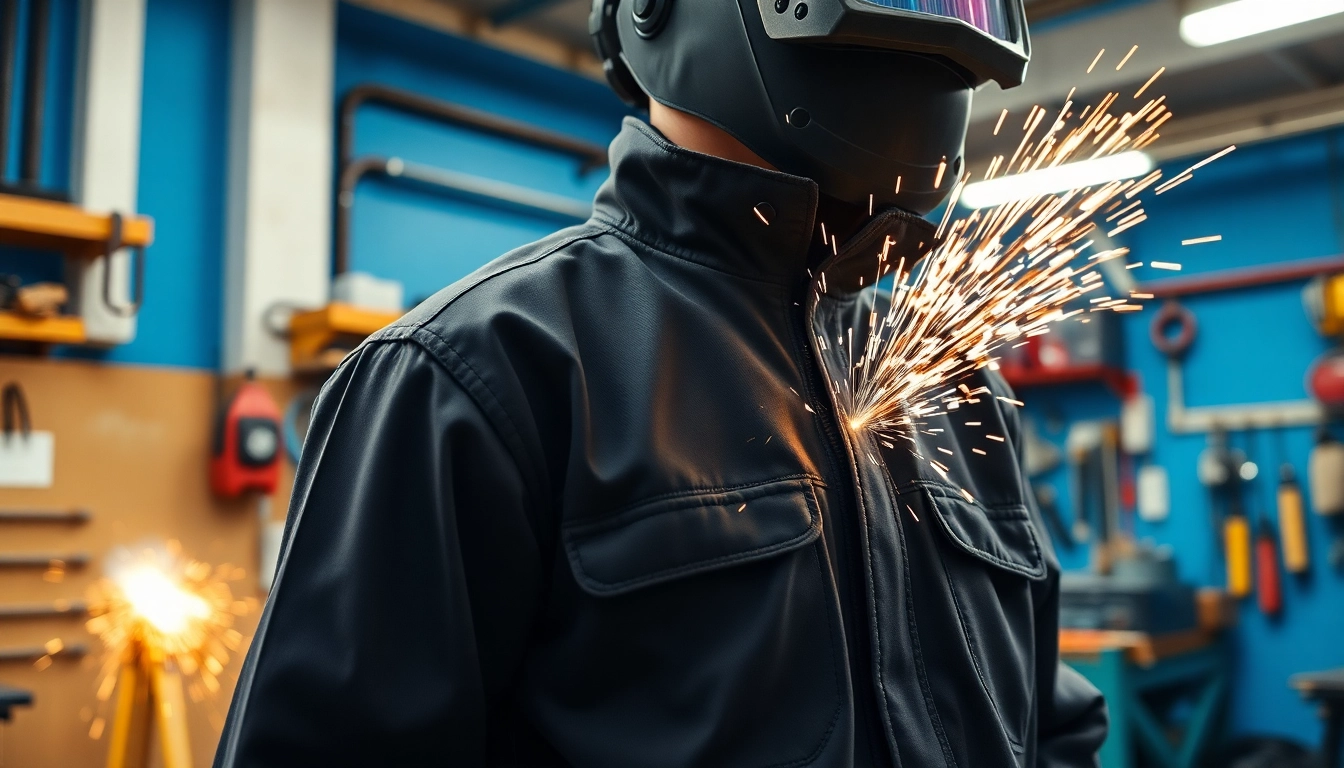
Introduction to Vacuum Conveyors
In the dynamic world of material handling, vacuum conveyors stand out as a unique solution. These systems rely on suction to transport bulk materials through a closed pipeline, making them an efficient choice for various industrial settings. Unlike traditional conveyor systems, which can be limited by gravity and friction, vacuum conveyors excel in applications where delicate materials are involved. This article explores the concept, types, functioning, advantages, best practices, and the future of vacuum conveyance in detail.
What is a Vacuum Conveyor?
A vacuum conveyor is a type of pneumatic conveying system that utilizes suction to move dry materials like powders, granules, and small components from one point to another. The operation principle revolves around creating a pressure differential; by generating a vacuum in the conveying line, materials are drawn through the pipeline. The versatility of vacuum conveyors makes them suitable for various industries, including food processing, pharmaceuticals, and plastics.
History and Development of Vacuum Conveyors
The concept of vacuum conveying dates back to the early 20th century when industries first sought efficient methods to handle powdery materials. Early models were rudimentary and often involved complex machinery that was difficult to maintain. Over decades, advancements in technology led to the development of more reliable and efficient vacuum systems. Today, vacuum conveyors incorporate sophisticated automation and control mechanisms, allowing for improved efficiency, flexibility, and ease of use.
Key Benefits of Using Vacuum Conveyors
Vacuum conveyors offer a plethora of benefits, making them an attractive option for businesses looking to optimize material handling:
- Minimized Product Damage: Unlike traditional conveyors, vacuum systems gently handle materials, reducing breakage and waste.
- Compact Design: These systems take up less space and can be adapted to tight spaces in processing plants.
- Hygienic Operations: Vacuum conveyance minimizes dust and contaminants, making it ideal for the food and pharmaceutical industries.
- Versatility: Capable of transporting various materials—including powders, granules, and even misaligned components—across different distances.
- Energy Efficiency: With the right setup, vacuum conveyors can use less energy compared to mechanical systems, translating to lower operational costs.
Types of Vacuum Conveyors
Different Designs: Belt vs. Pneumatic Systems
Vacuum conveyors come primarily in two designs: belt-based systems and pneumatic systems.
Belt-Based Vacuum Conveyors: These systems utilize a conveyor belt that employs suction to hold materials in place as they are transported along the belt. By creating a seal between the belt surface and the material, vacuum systems prevent the materials from shifting or falling off during transport.
Pneumatic Vacuum Conveyors: More widely used in industries, these conveyors consist of a closed pipeline that uses vacuums created by pumps to transport the materials. Pneumatic systems are particularly effective for bulk handling and can transport materials over longer distances compared to belt-based options.
Applications of Vacuum Conveyors in Various Industries
Vacuum conveyors are utilized in a wide array of industries, including:
- Food Processing: Ideal for handling grains, powders, and granules, vacuum conveyors ensure hygiene and minimize contamination.
- Pharmaceuticals: They are critical in accurately transferring APIs (Active Pharmaceutical Ingredients) while adhering to strict regulations.
- Plastics and Chemicals: Used for transporting raw materials such as pellets and powders, vacuum systems greatly enhance production efficiency.
- Textiles: Vacuum conveyors assist in minimal fabric handling, maintaining quality and reducing labor costs.
Choosing the Right Type for Your Needs
Selecting the right vacuum conveyor depends on various factors such as material types, distance to be covered, and production requirements. Conducting a thorough assessment of your material properties—size, weight, and fragility—is crucial. For instance, if you’re handling lightweight powders, pneumatic systems might be more effective. In contrast, for fragile components that can easily be damaged, a belt-based vacuum conveyor would be more suitable.
How Vacuum Conveying Works
The Mechanism of Suction and Material Transport
The heart of vacuum conveying systems lies in their ability to create suction. A vacuum pump draws air out of the pipeline, creating a negative pressure that pulls the materials into and through the system. The materials enter the vacuum chamber through an inlet, where they are then carried through the pipeline and expelled at the exit point. A well-designed system allows for controlled flow rates and pressure, adapting to fluctuating production needs.
Components of a Vacuum Conveyor System
A typical vacuum conveyor consists of several critical components:
- Vacuum Pump: Responsible for generating the necessary suction.
- Conveying Pipeline: The primary channel through which materials are transported.
- Inlets and Outlets: Facilitate the entry and exit of materials.
- Control System: Maintains and regulates the pressure within the system, ensuring efficiency.
- Filtering Systems: Helps in removing dust and debris, enhancing the quality of the conveyed materials.
Performance Metrics: Efficiency and Capacity
When it comes to evaluating vacuum conveyors, efficiency and capacity are paramount. Efficiency is generally measured by the throughput of the conveyor, factoring in the distance traveled and the type of material transported. Adequate capacity ensures that the conveyor meets production demands without causing delays. Metrics to consider include:
- Flow Rate: The amount of material transported per time unit, typically measured in pounds or kilograms per hour.
- Energy Consumption: Efficiency can also be gauged by the energy used per unit of material conveyed.
- Downtime: The frequency and duration of system failures or maintenance requirements should be monitored closely.
Best Practices for Implementing Vacuum Conveyors
Installation Guidelines for Optimal Performance
For vacuum conveyors to perform optimally, proper installation is essential. Here are key installation practices:
- Ensure alignment of the pipeline to minimize bends, which can hamper suction.
- Install the vacuum pump close to the inlet to prevent material delays.
- Caution should be taken when selecting materials for the pipeline to avoid wear and blockage.
Maintenance Tips to Ensure Longevity
Regular maintenance is vital for sustaining the performance of vacuum systems. The following practices are recommended:
- Conduct routine inspections of the vacuum pump and conveyor system for wear.
- Keep all filters clean and replace them as necessary to maintain airflow.
- Monitor operating conditions to identify and rectify potential issues promptly.
Common Challenges and Solutions
Implementing vacuum conveyors may bring potential challenges:
- Material Blockages: This can be remedied by installing proper screen filters to catch large particles.
- Variations in Material Properties: Using adjustable pressure or flow rate settings can help adapt the system to varying materials.
- Energy Overconsumption: Periodic assessment of system performance can identify inefficiencies and the need for upgrades.
The Future of Vacuum Conveyors in Industry
Technological Innovations in Vacuum Conveying
The future of vacuum conveyors is being shaped by ongoing technological innovations. Advances such as IoT integration, automation, and smart sensors are making vacuum conveying more efficient and easy to monitor. Sensors can provide real-time analytics on performance metrics, enabling predictive maintenance that diminishes downtime and enhances productivity.
Trends Shaping the Future of Material Handling
Emerging trends indicate a shift towards sustainability and smart manufacturing. Companies are increasingly looking for solutions that not only improve efficiency but also meet environmental standards. Vacuum conveyors are at the forefront of these trends, offering ways to minimize waste and energy consumption while ensuring a higher degree of control over production processes.
Sustainability and Environmental Considerations
Sustainability is a pressing issue across industries, leading to innovations in vacuum conveyor technology. Many manufacturers are now focusing on creating machines that utilize less energy, require fewer resources, and ultimately minimize their carbon footprint. By embracing sustainable practices, businesses can achieve operational efficiency while contributing to environmental preservation.







